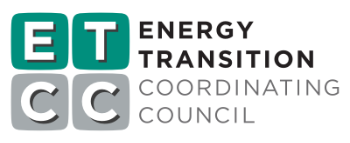 Project Title
Project Title
Soil Moisture Sensor Evaluation
Project Number ET16SDG8011 Organization SDG&E End-use Other Sector Agricultural, Commercial Project Year(s) 2016 - 2018According to a study by the California Energy Commission (CEC), the agricultural sector accounts for 79 percent of California’s water use, which corresponds to 4 percent (over 10 GWh annually) of the state’s electricity use (CEC, 2005). One potential strategy for reducing agricultural water consumption is the use of Soil Moisture Sensing (SMS) technology in irrigation management. SMS systems measure the amount of water present in the soil around a crop’s root area. This data is intended to help growers optimize the scheduling and quantity of irrigation by quantifying the water available for crop uptake. If, on average, growers tend to over-water crops to avoid adverse effects to crop health, the enabling of more accurate irrigation through utilization of SMS technology may reduce irrigation water, as well as pumping energy use and peak demand.
Connecting SMS sensors into a system with continuous data collection and remote monitoring could enable additional water savings. Growers could better understand irrigation needs by identifying soil water patterns across their properties and over time. Growers may be more likely to routinely use SMS data to inform irrigation management if the data are more conveniently accessible, as with a remote system. Furthermore, familiarity with a remote system could encourage the integration of automated valve control. Ideally, this convenience could enable growers to shift pumping to off-peak times.
